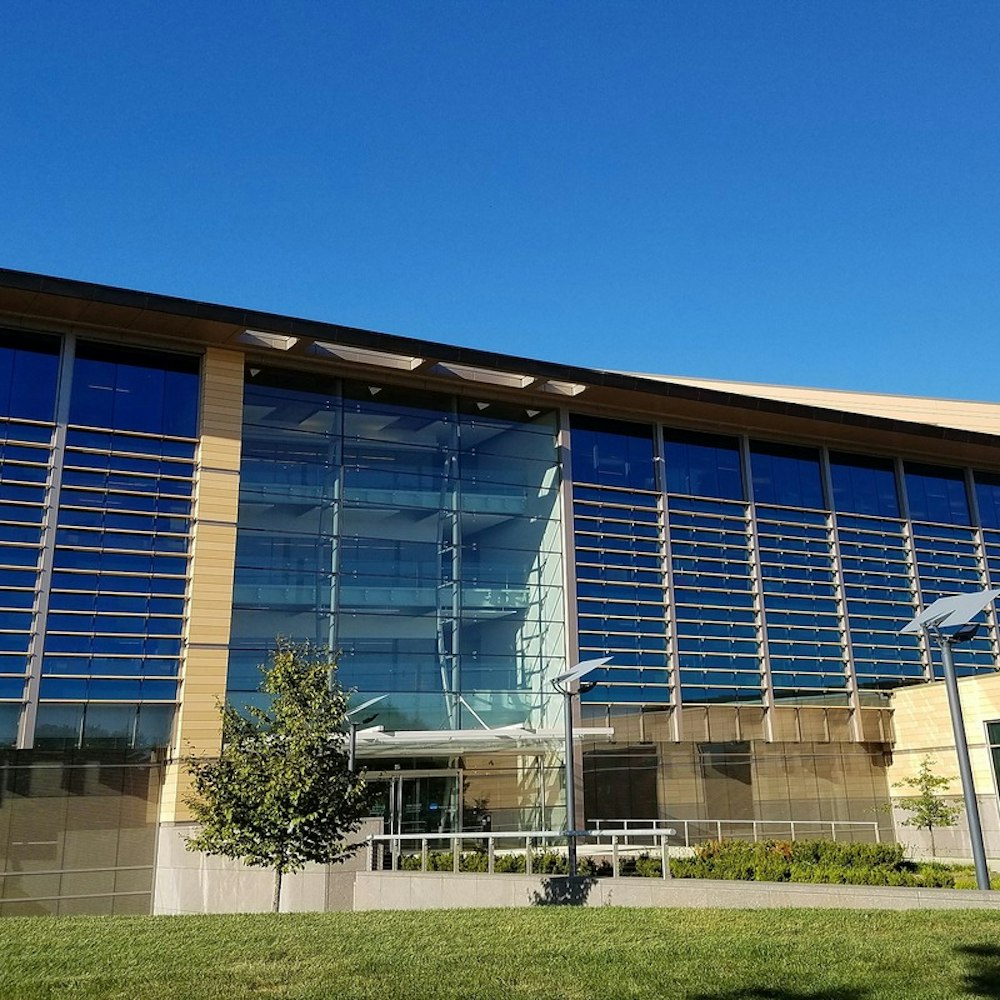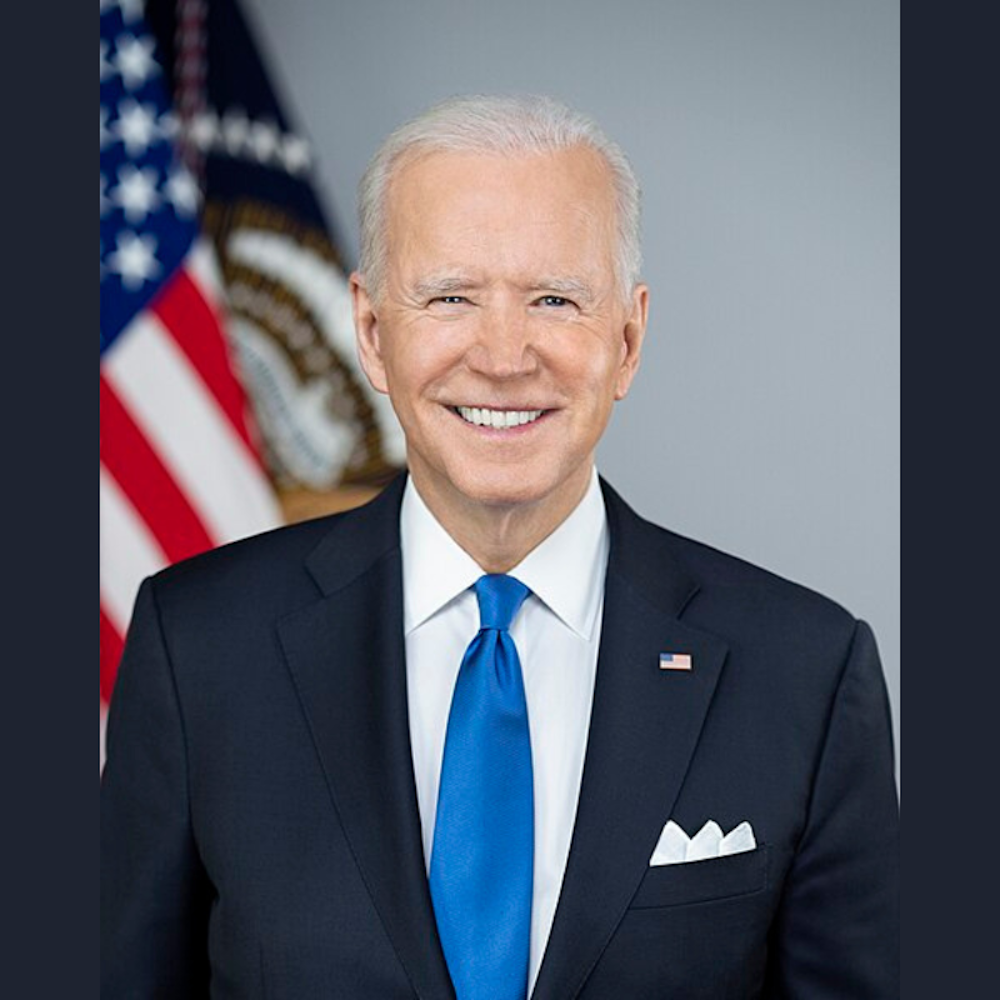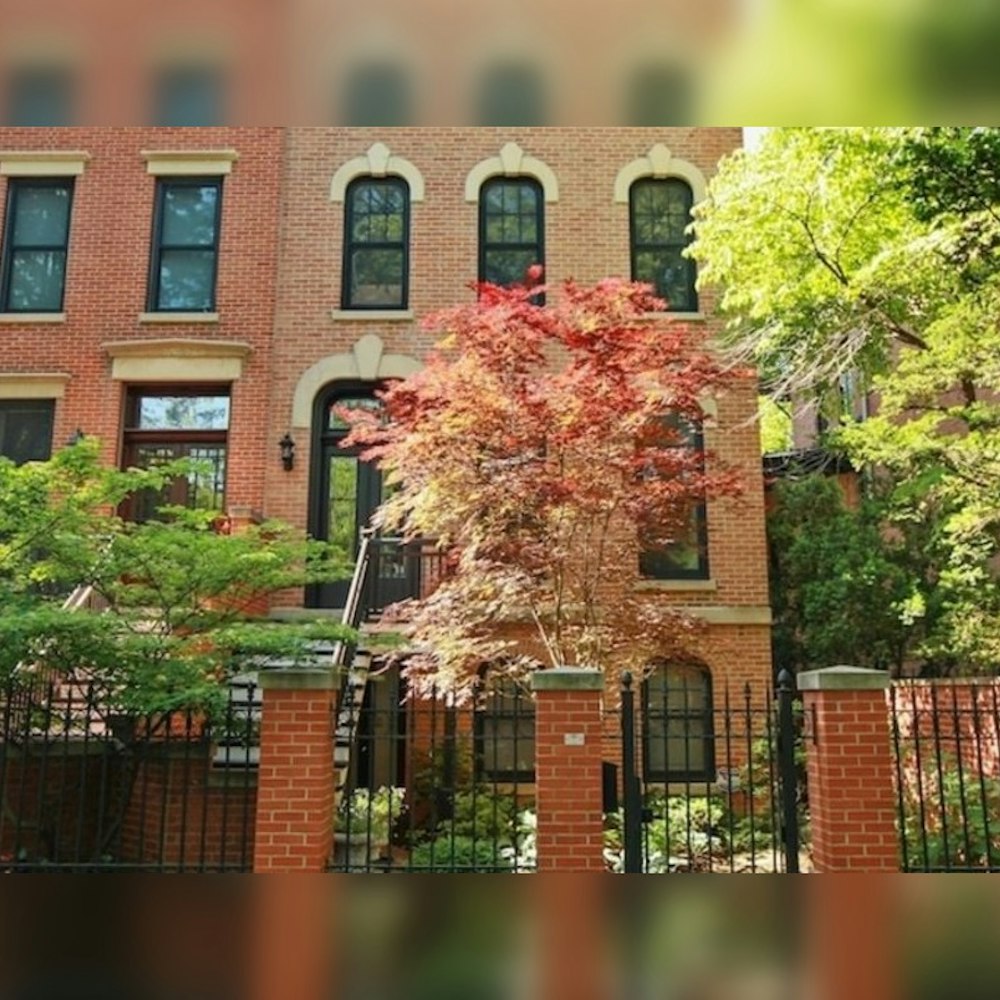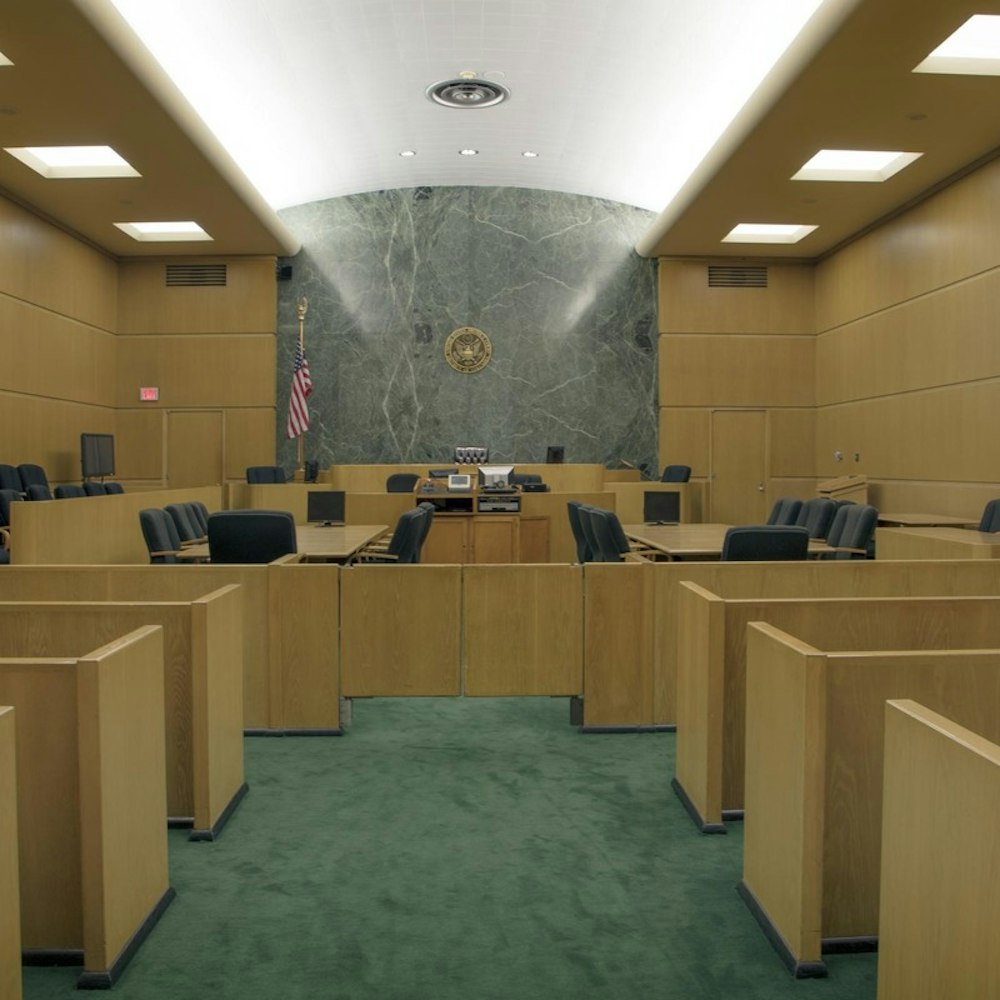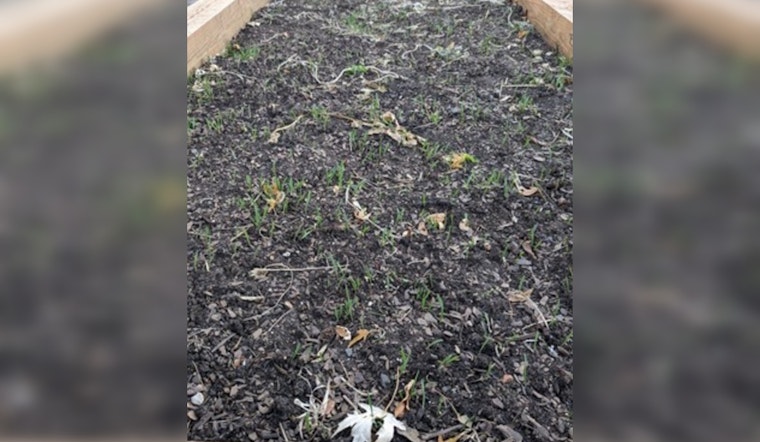
Turning the tide in the battle for a green future, the soil under our feet is proving to be more than just dirt—it's the unsung hero in the fight against climate change. As recent developments in Ramsey County show, this ordinary substance is a powerhouse when it comes to cleaning up water, bolstering biodiversity, and locking away climate-wrecking carbon dioxide. By acting as a natural filter and carbon repository, healthy soil is essential for a stable climate and thriving ecosystems.
The Ramsey County Soil Health program is digging deep to change the game, starting with an innovative project that champions the use of cereal rye as a cover crop. These humble plants offer a swathe of benefits, by improving germination rates and adding to the organic matter that makes up the rich tapestry of the soil. An impressive germination rate of 45% was reported in the pilot program, which spanned 18 urban garden plots, signaling hope and laying the groundwork for an even greener future.
It’s not just the environment that stands to gain from this program. Funded by a Soil Health Grant from the Board of Water & Soil Resources, the initiative is planting the seeds of change and community involvement. In collaboration with Ramsey County Master Gardeners, this program is fostering an understanding of the critical role soil health plays in our global ecosystem. It's a local solution with potentially global benefits.
So while soil might be underfoot, it's never out of sight for those looking to make a difference. In fact, what’s happening in Ramsey County is a model for others to follow. By promoting practices like cover cropping, there's a real sense of hope that the fight against climate change can lead to fruitful results, for both the land and its stewards. This is resiliency in the making, and the Ramsey County Soil Health program is just scratching the surface of what could be a vital part of our environmental strategy.


